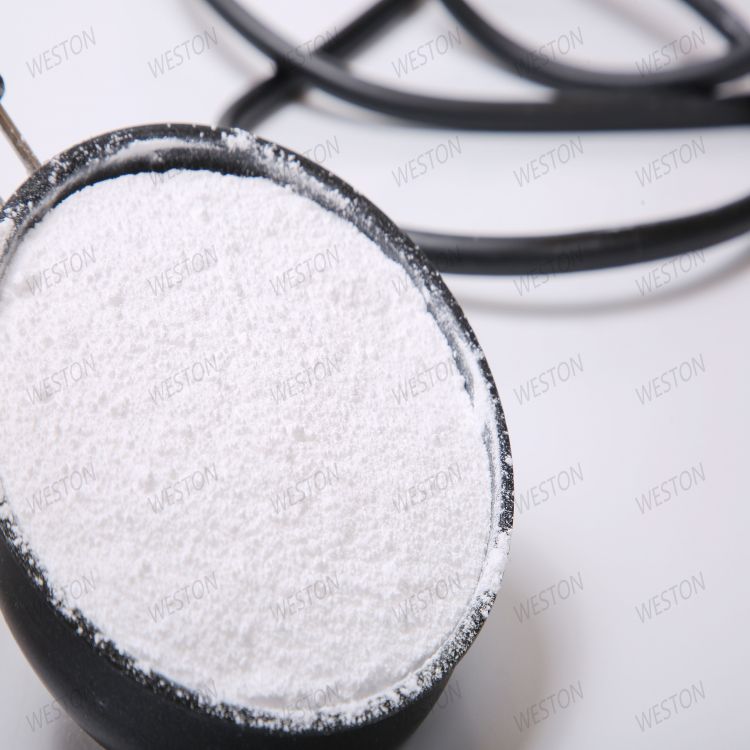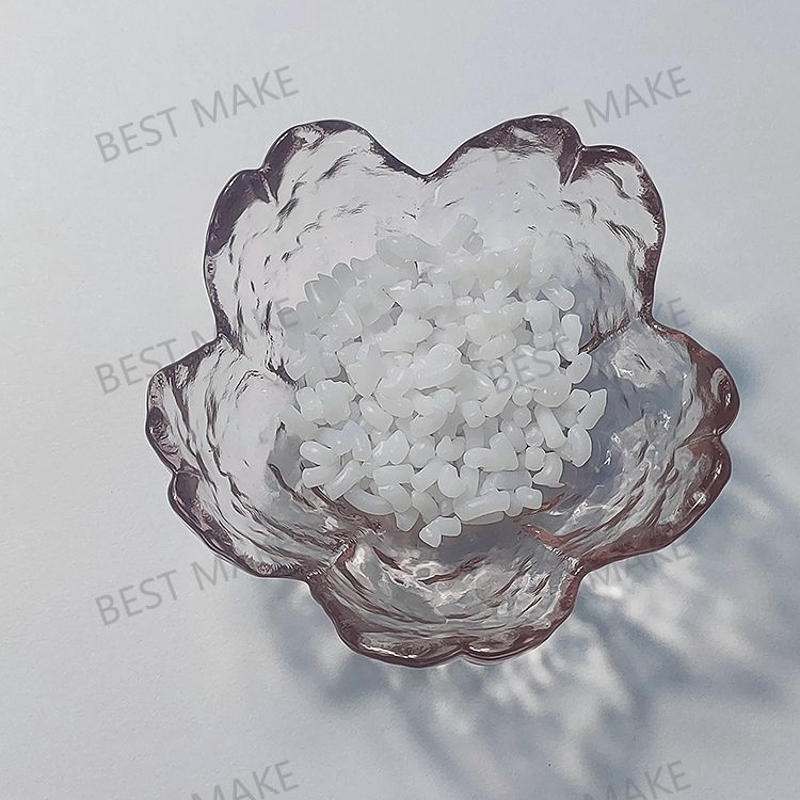-
Categories
-
Pharmaceutical Intermediates
-
Active Pharmaceutical Ingredients
-
Food Additives
- Industrial Coatings
- Agrochemicals
- Dyes and Pigments
- Surfactant
- Flavors and Fragrances
- Chemical Reagents
- Catalyst and Auxiliary
- Natural Products
- Inorganic Chemistry
-
Organic Chemistry
-
Biochemical Engineering
- Analytical Chemistry
- Cosmetic Ingredient
-
Pharmaceutical Intermediates
Promotion
ECHEMI Mall
Wholesale
Weekly Price
Exhibition
News
-
Trade Service
When natural light irradiates the material, all visible light passes through, and the material is colorless; all visible light is reflected, and the material is white; when all visible light is absorbed, the material appears black
.
When part of the wavelength of visible light is absorbed by a substance, the substance shows the complementary color of the absorbed visible light.
The complementary relationship of each wavelength of visible light is: red-blue-green, yellow-blue, green-purple and purple-yellow-green
.
1.
dd transition
Under illumination, the electrons in the d orbital in the crystal field absorb light energy equivalent to the splitting energy △ and then transition from the low-level d-orbital to the high-level d-orbital, which is called the dd transition
.
If the energy of the dd transition is just in the visible light energy range, that is, the d electron absorbs the photon of the visible light wavelength during the transition, then the compound shows a color
[Example 9-6] Discuss the color of [Ti(H 2 O) 6 ] 3+
.
Solution Ti 3+ electron configuration is 3d 1 , there is only 1 d electron
.
Under the irradiation of natural light, the 3d 1 electron of Ti 3+ absorbs the visible light wavelength part whose energy is equivalent to △o, and the d electron undergoes a transition .
Since the 3d electronic transition of Ti 3+ mainly absorbs green visible light, [Ti(H 2 O) 6 ] 3+ appears purple-red
.
Obviously, coordination compounds with central electronic configuration (also called electronic configuration) from d 1 to d 9 may undergo dd transitions and may have colors; compounds with electronic configurations of d 0 and d 10 do not undergo dd transitions.
Compounds should generally be colorless, such as Cu(I), Zn(II), La(III), Ti(IV), etc.
, are generally colorless or white
2.
Charge transfer
Charge transfer refers to the process of charge transition from the ligand to the central ion
.
When the charge transfer absorption of visible light, will display color compounds, such as Hgl 2 (Hg 2+ , 5D 10 ), red; of MnO .
There is strong polarization and mutual polarization between Hg 2+ and I - .
The absorption of blue-green visible light causes the negative charge of I plant to migrate to Hg 2+ , so HgI 2 appears red
.
Similarly, charge transfer can be used to explain the colors of MnO 4 - and CrO 4 2-
Both Mn 2+ and Fe 3+ have a 3d 5 electronic configuration (the d orbital electron is half-filled).
During the dd transition, the electron needs to change the spin direction to reduce the probability of the electronic transition and the color is lighter
.
For example, [Mn(H 2 O) 6 ] 2+ is light red, and [Fe(H 2 O) 6 ] 3 + is light purple (near colorless)
Temperature has an effect on polarization and charge transfer, and sometimes affects the color of the compound
.
For example, AgI shows yellow at room temperature and absorbs blue visible light; high temperature shows red, because of the strong polarization at high temperature, charge transfer is easier, and absorbs blue and green light with lower energy than blue light; low temperature appears white because of charge migration at low temperature It becomes difficult and needs to absorb ultraviolet light







